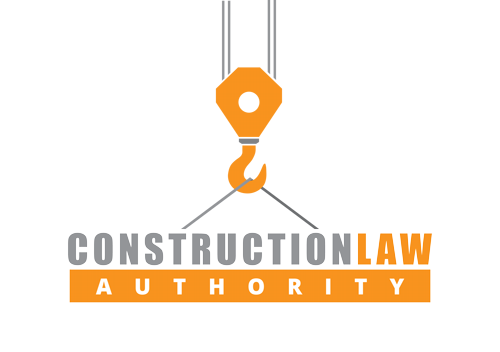Is a Florida Public/Private Partnership Statute Imminent?
Public/private partnership legislation in Florida is not far off...

Public/private partnership legislation in Florida is not far off...
Public/private partnership trade association forming in Florida...
Prominent investor in public/private partnerships discusses criteria of successful P3 jobs...

Jane Garvey, the North American Chair of Meridiam Infrastructure, knows a thing or two about public/private partnerships (“P3”). Meridiam is one of the country’s leaders in P3 projects, from compiling the P3 team and fertilizing it with ideas and experience to investing in the enterprise as a shareholder or lender. Jane is their top person in North America and shared her thoughts with me about Florida’s potential for P3 development. In this blog post and some that will follow, I will share her thoughts with you.
P3s are not ideal for every job. They’re more appropriate for large, complex, innovative projects not neatly fitting into traditional capital programs. The project must be critical to the public owner, as criticality will ensure the facility will be operated for the long-term, thus generating the necessary operational revenue to repay private investors and contractors for their risks. Criticality also ensures strong public sector buy-in, as lack of public commitment to the job may dilute the prospects of success. Historically, critical projects have included transportation as well as social infrastructure, such as schools, courthouses, and teaching hospitals.
The proposed P3 project must have a good revenue stream or it won’t attract investors or lenders. Stable revenue tied to the job, such as shares of federal funds, sales taxes or impact fees, will lure investors. Riskier prospects may deter investors. Without private funding, the P3 delivery method will fail, so it is important for funding to be attracted through assurances of stable revenue sources from which investors may earn an appropriate return on their investment.
Public/private partnerships continue to build momentum despite Senate's failure to pass the bill...
Although P3 projects have already been available in some form in Florida, they have been infrequently used and familiarity with these types of projects among public entities and contractors has been scant. The legislation has increased awareness of the opportunities for P3 projects. But the bills, in their current form, may inadvertently burden the process with well-intentioned, but impractical, requirements....
Florida's public/private partnership legislation continues to build momentum...
 Senate Bill 576 on public/private partnership construction was drastically revised, but the core facets of the legislation, opening the door to great public construction opportunities, remains unimpaired. And the bill is gaining momentum as it continues to pass through legislative committees.
Senate Bill 576 on public/private partnership construction was drastically revised, but the core facets of the legislation, opening the door to great public construction opportunities, remains unimpaired. And the bill is gaining momentum as it continues to pass through legislative committees.
The changes in the new bill from the original version include:
1) public entities may contract for 3P projects only with legislative approval or if consistent with local government appropriation process as evidenced by approval of the project in the public entity’s work program;
2) detailed instructions on public notice, opportunity for competing proposals to be submitted on any 3P project, and the manner of selecting among competing proposals (traditional procurement requirements and bid protests don’t apply here);
3) prohibition against the use of state funds unless the project is for a facility owned by the public entity or a facility whose ownership will be conveyed to the public entity;
4) the private entity must provide an investment-grade technical study prepared by a nationally recognized expert detailing the finance plan, including required payment & performance bonds plus, in appropriate circumstances, letters of credit and guarantees from parent companies, lenders and equity partners;
5) the requirement that the 3P agreement ensure a negotiated portion of revenues from fee-generating projects are returned to the public entity over the life of the agreement; and
6) specific provisions addressing the financing of the job, such as the conditions for loans from the public entity for construction, suggestions for innovative finance techniques, and the prohibition against indemnity agreements from the public entity or pledging of security interests in the public entity’s assets.
Construction Owners Assn of America is presenting workshop on public/private partnerships...
House bill 337 on public/private partnerships is getting attention and looks promising...
